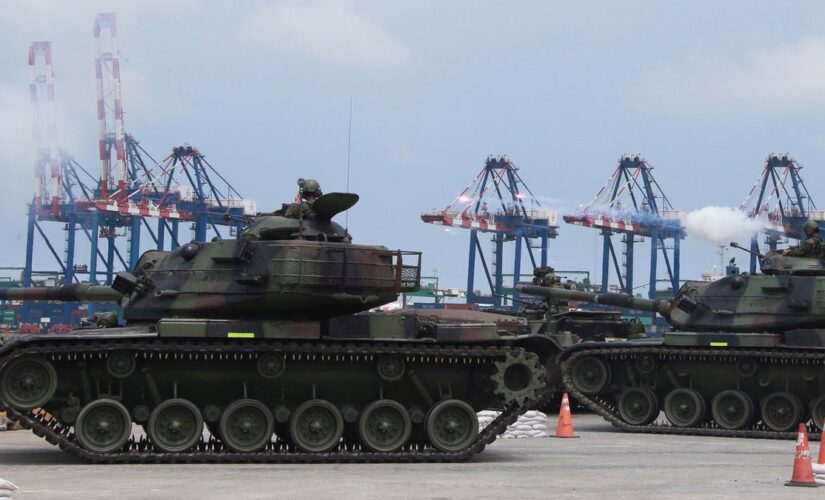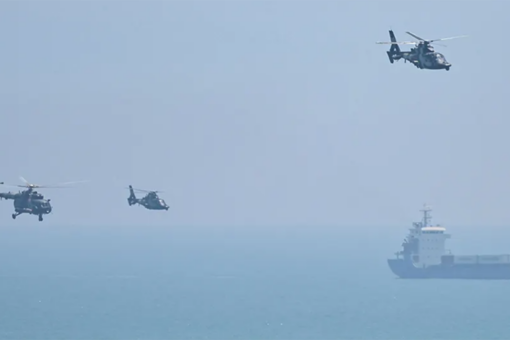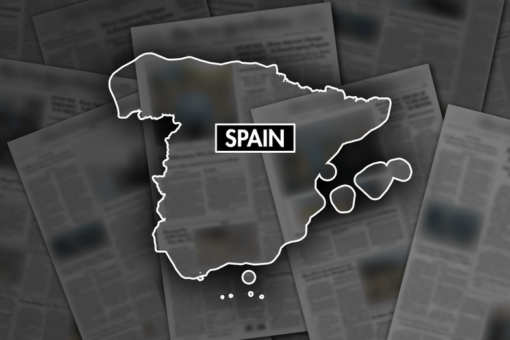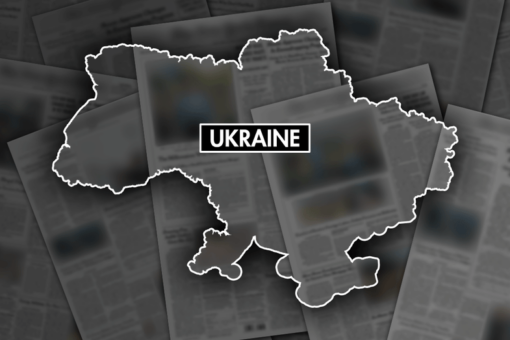NEWYou can now listen to Fox News articles!
Taiwan will have to rely on its “porcupine strategy” in order to make up for the difference in strength if it has any hope of beating back an invasion from China, according to experts.
The porcupine strategy has increasingly popped up in conversation following the Russian invasion of Ukraine and with the potential Chinese invasion of Taiwan. Strategists tout it as the best way for a smaller, inferior military power to try and go toe-to-toe with military giants, as best shown in Ukraine.
Newt Gingrich in a Fox News op-ed published last year called for Taiwan to turn “into a porcupine,” which would call for the U.S. and European allies to provide Taiwan with as many anti-ship weapons, air-dropped sea mines and shoulder-fired missile launchers as possible.
Matt McInnis from the Institute for the Study of War described it as a way for a smaller state to effectively contend and maybe even defeat a larger power. That doesn’t mean abandoning any conventional high-end weapons but rather balancing it with a healthy if not stronger focus on smaller, more versatile weapons.
CHINA RENEWS THREATS, CONDEMNATIONS AFTER US ANNOUNCES FORMAL TRADE TALKS WITH TAIWAN
“You have to build in some classic conventional, high-end conventional capabilities like advanced aircraft, air fighters, some Abrams tanks … but those have to be rebalanced against a growing number of asymmetric capabilities,” McInnis told Fox News Digital.
“These many small [weapons] are going to be critical to take advantage of Taiwan’s geography, the fact that it’s on the defensive, that you always have a defensive advantage,” he added. “You need to bring in cruise missiles, drones, mines, mortars like you’re seeing in Ukraine that these types of capabilities would make it difficult for China to accomplish an invasion.”
Taiwan President Tsai Ing-wen, right, listens while inspecting reservists training at a military base in Taoyuan on March 12, 2022.
(Sam Yeh/AFP via Getty Images)
In Ukraine, the soldiers have to take out tanks and planes, using a relatively smaller and cheaper force to level the field. The strategy relies on supplying the smaller military with a wide range of small but light and less expensive weapons or equipment that can allow them to take advantage of dealing big damage with a smaller punch.
“Faced with the prospect of a forcible invasion by the People’s Republic of China … what Taiwan needs are weapon systems that can effectively counter the invasion,” James Anderson, acting undersecretary of defense for policy under President Trump, told Fox News Digital. “The PRC needs large amphibious ships to invade, but Taiwan does not need large ships to defend itself … [it] needs a lot of coastal anti-ship missiles, among other defensive systems.”
TAIWAN BOASTS OF POWERFUL ANTI-AIRCRAFT WEAPONRY AMID FEARS OF CHINESE INVASION
“Taiwan does not need to match the PLA (People’s Liberation Army) weapon for weapon. It should pursue an asymmetrical strategy with the right mix of defensive weapons to offset the potential for a PRC invasion,” he explained.
Anderson pointed to Israel as another example of a smaller nation that has managed to compete with far bigger militaries throughout its history, as well as the Baltic states, which have pushed back Russian invasions for centuries despite the great disparity in military power.
FILE – Taiwan military forces conduct anti-landing drills during the annual Han Kuang military exercises near New Taipei City, Taiwan, on July 27, 2022.
(Taiwan Ministry of National Defense)
“Taiwan needs weapons systems that are versatile, resilient and not overly expensive but in significant numbers,” Anderson said. “What they don’t need are very large, vulnerable, expensive platforms that they can ill afford to procure and maintain.”
The strategy might have taken on greater significance now that China appears to have started to show how it might approach an invasion, which experts for some time have labeled highly difficult due to the lack of a steady land approach, further making it difficult to amass forces.
But Beijing in recent weeks has amassed forces around the island as part of what it claims are regular military exercises, partly in coordination with Russia. The flagrant threat and imposing nature of these drills have prompted critics to argue the U.S. needs to change its decades-long policy of ambiguity in order to bolster Taiwan’s deterrence capabilities.
A Chinese service member looks through binoculars during military exercises as Taiwan’s frigate Lan Yang is seen in the distance on Aug. 5, 2022.
(Lin Jian/Xinhua via AP)
“The biggest problem with the porcupine strategy is that it alone does not guarantee deterrence,” Anderson said. “It’s a necessary but not sufficient condition of deterrence, so what’s needed to complement the defensive strategy … is for the United States to provide greater clarity and less ambiguity on what it would do in the event of a crisis.”
CLICK HERE TO GET THE FOX NEWS APP
“In a nutshell, the United States needs to jettison its policy of strategic ambiguity, which served this country well for a number of decades but has outlived its usefulness,” he added.




